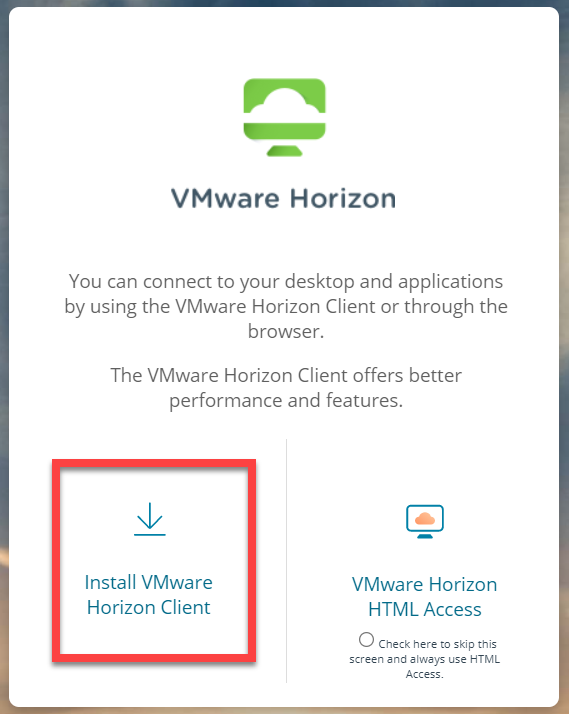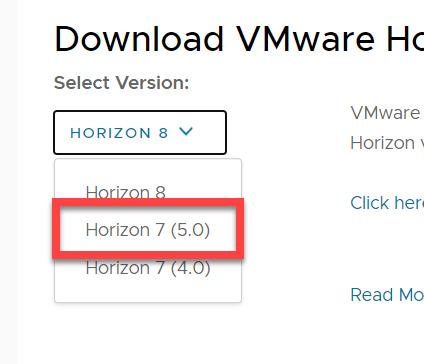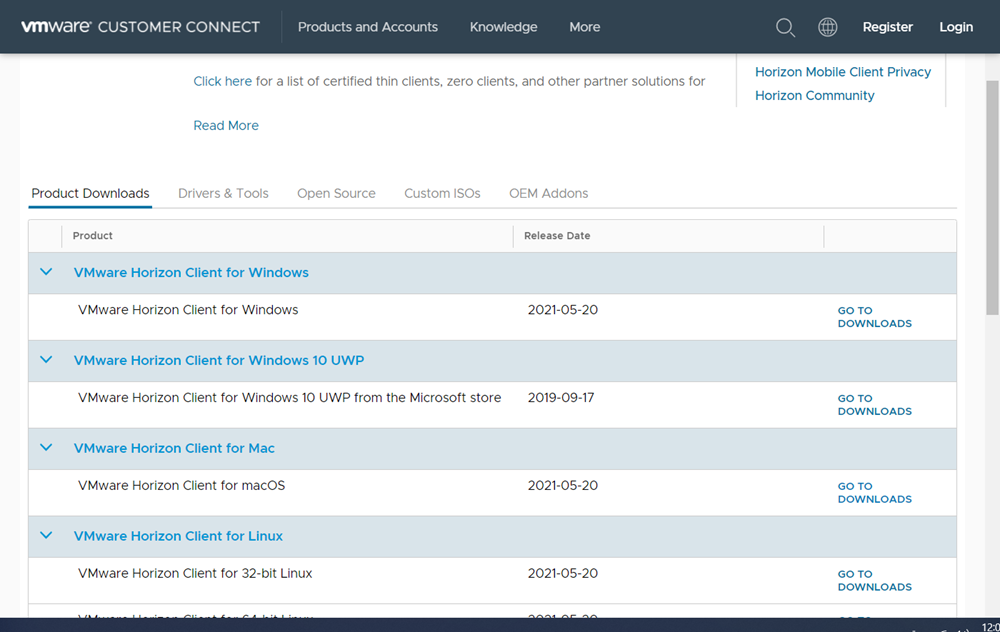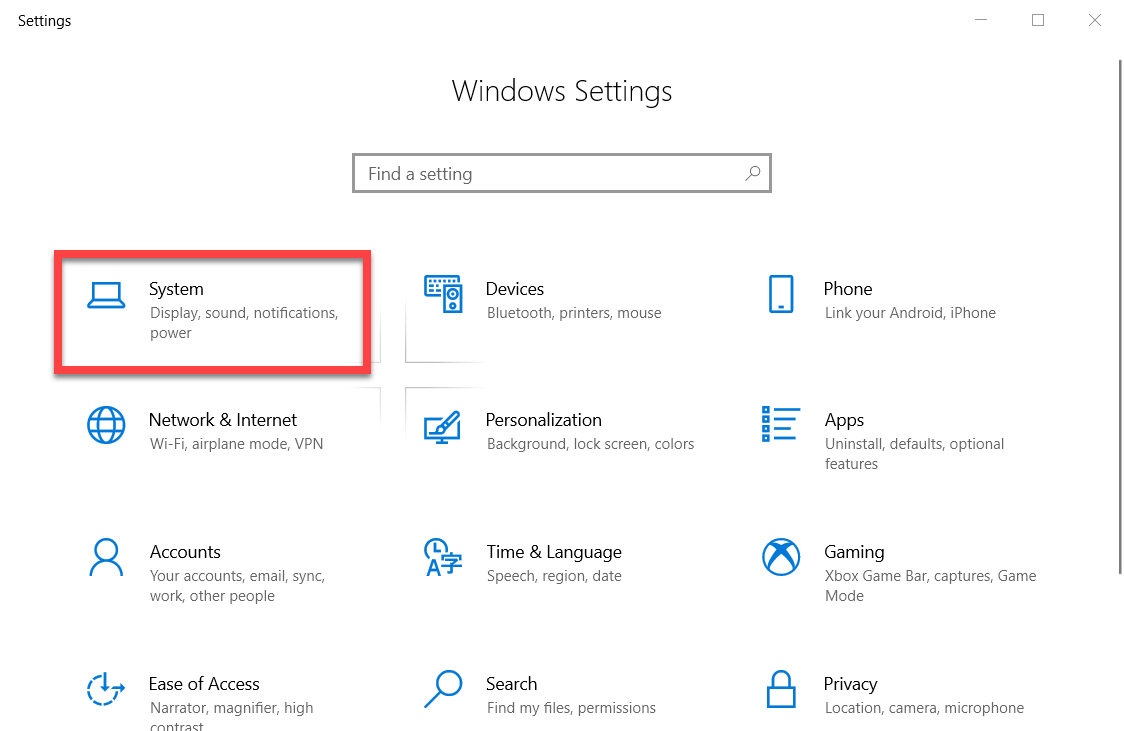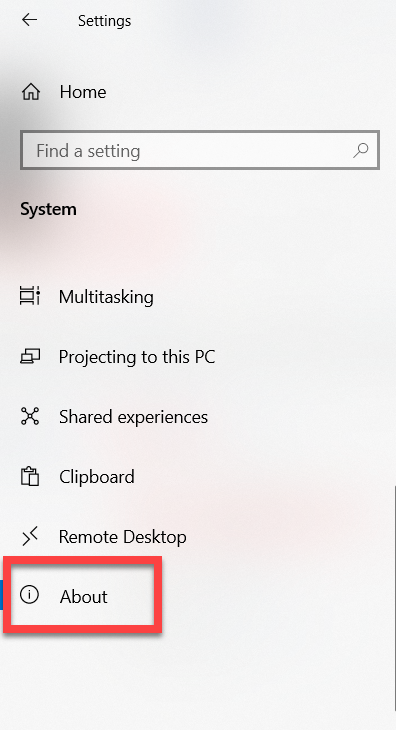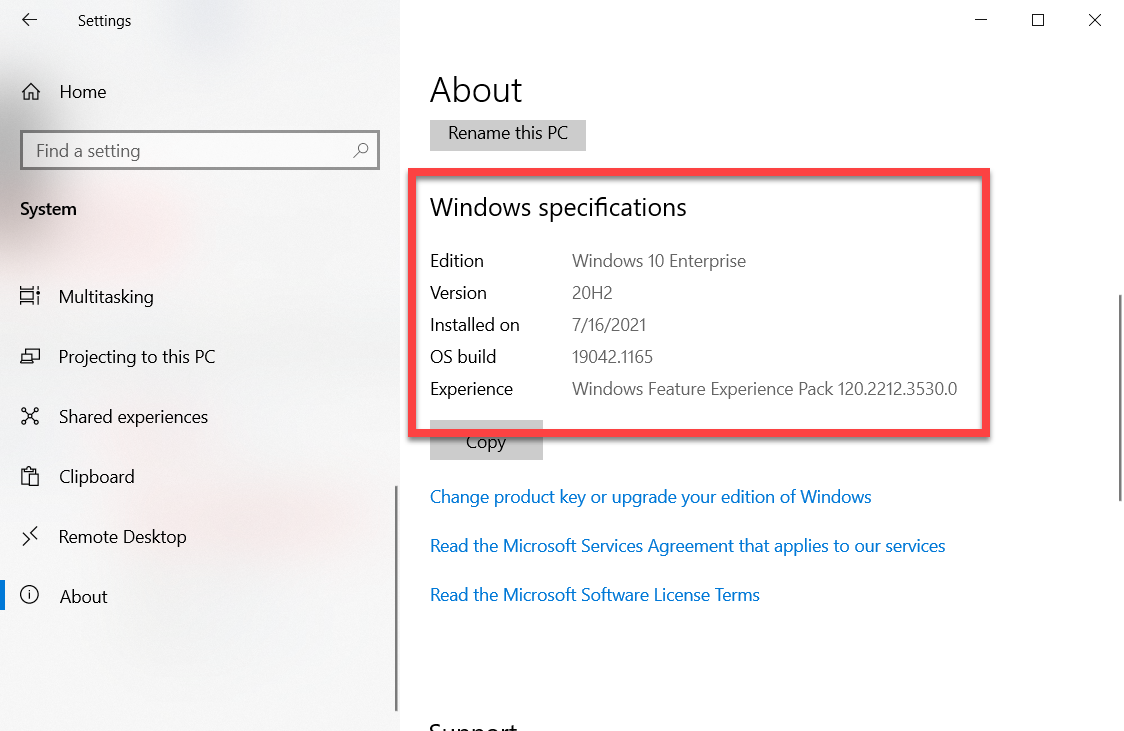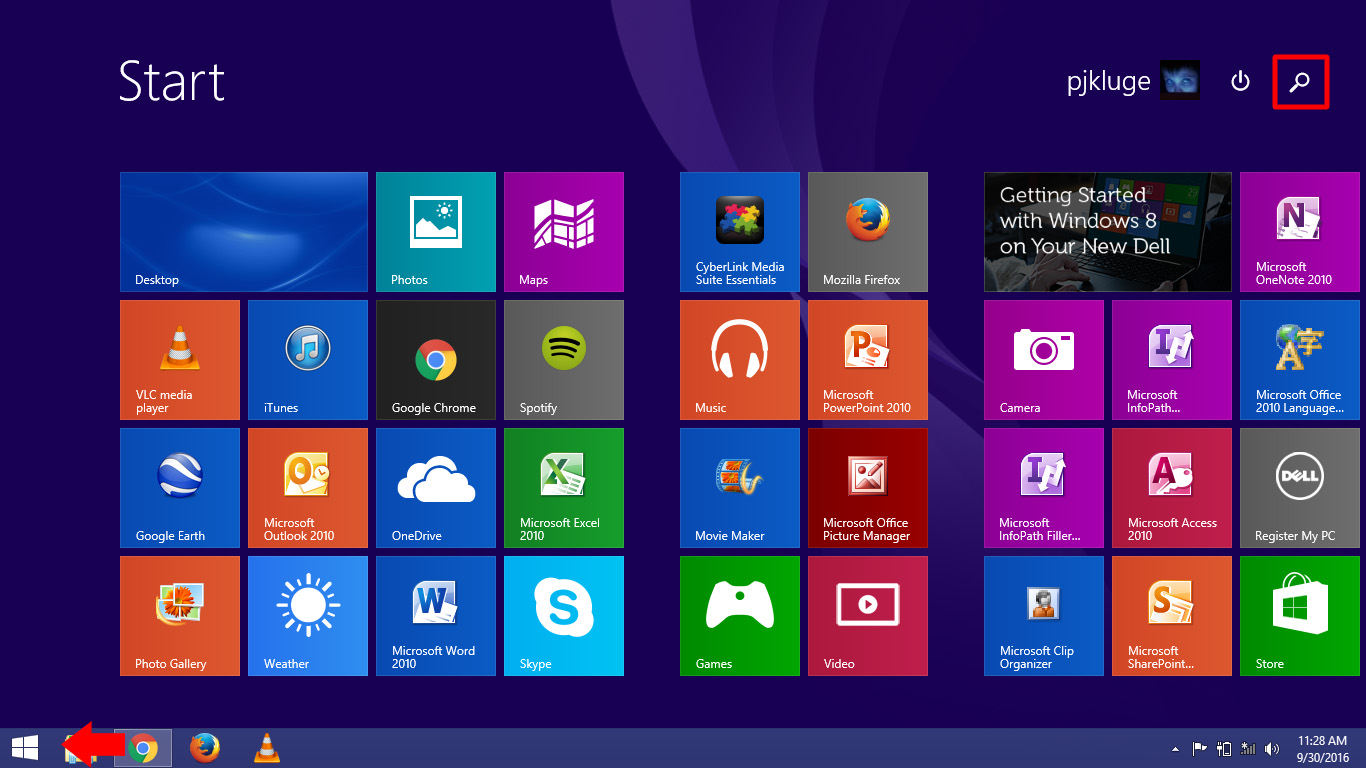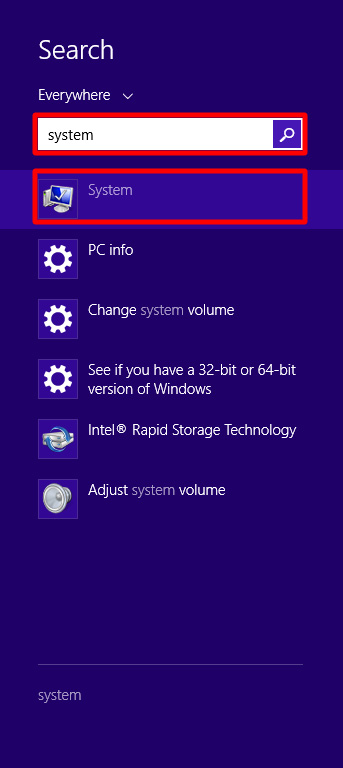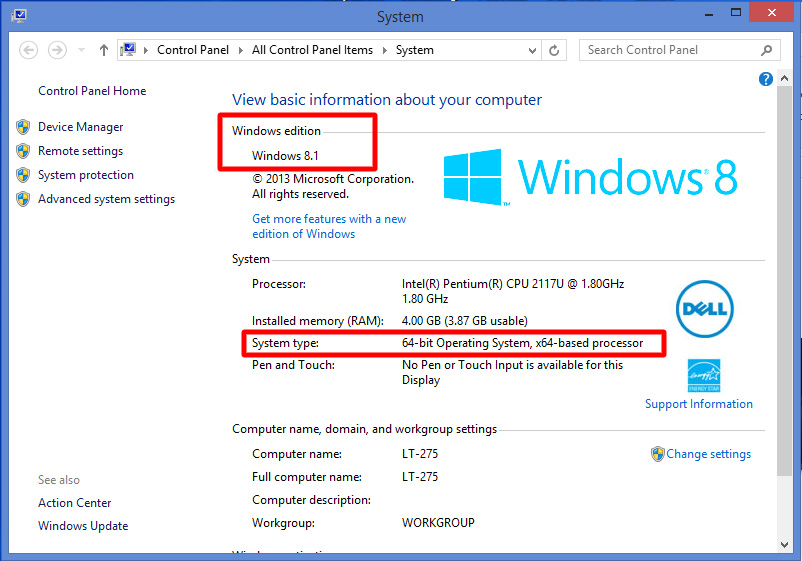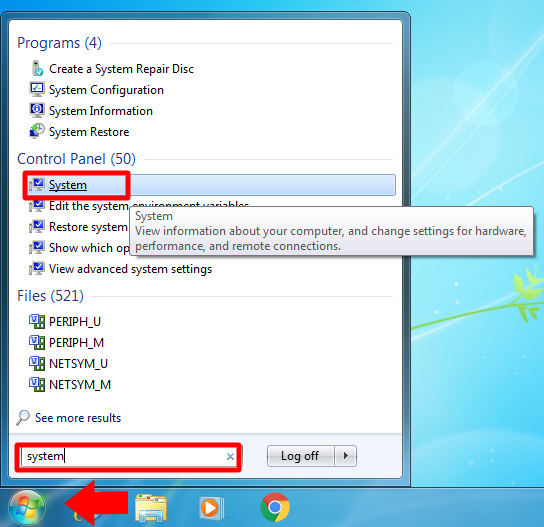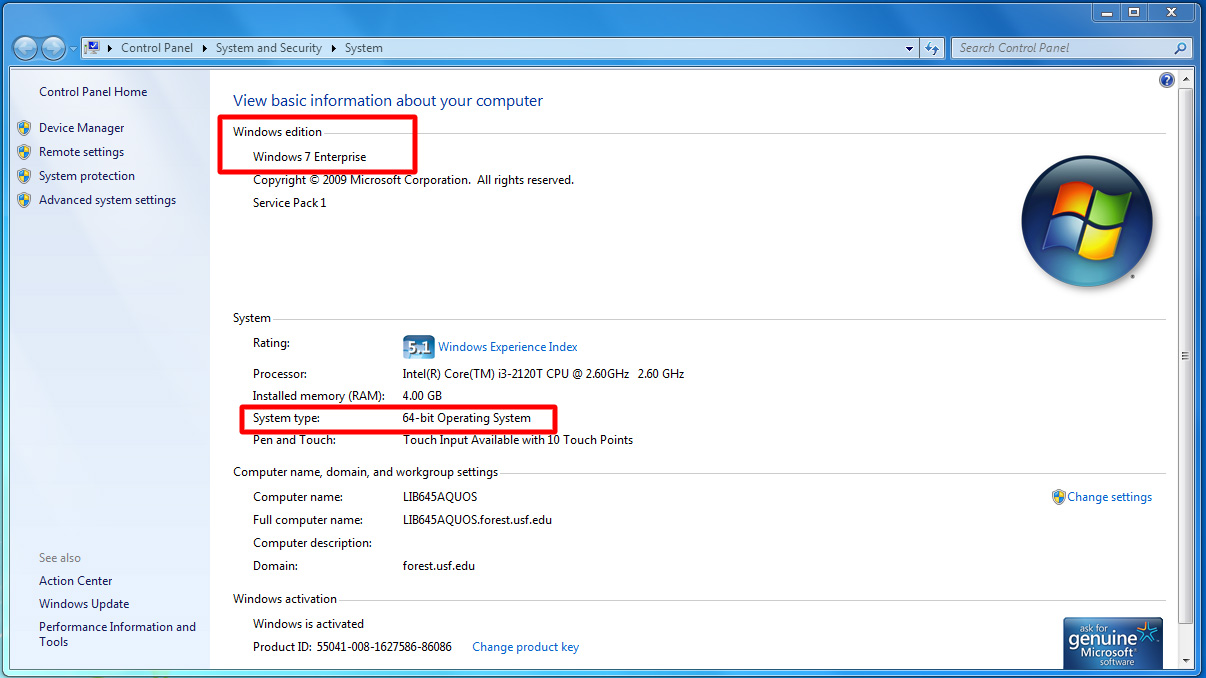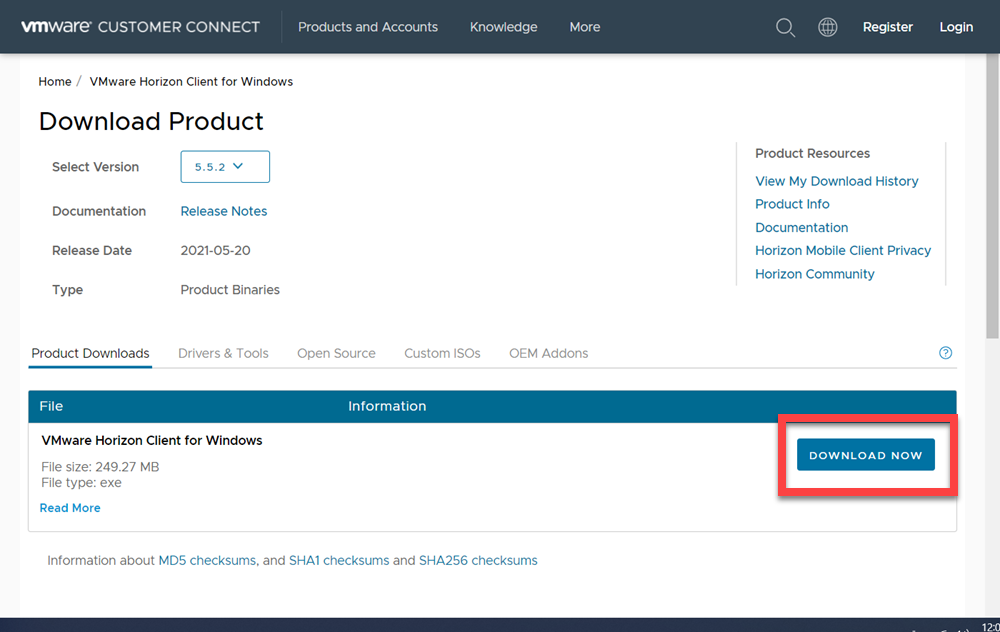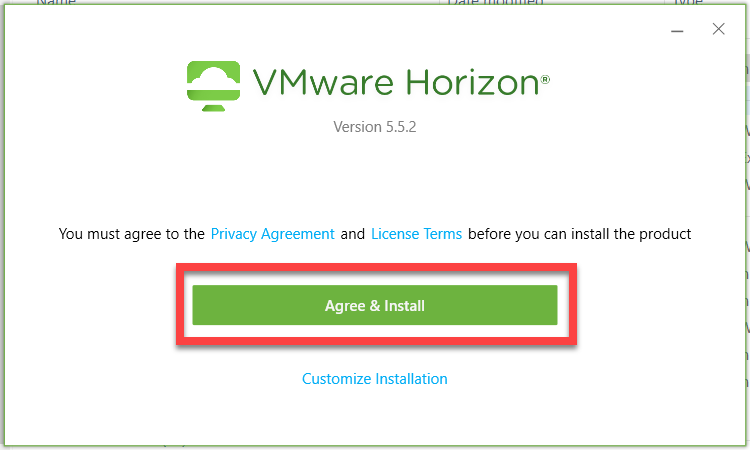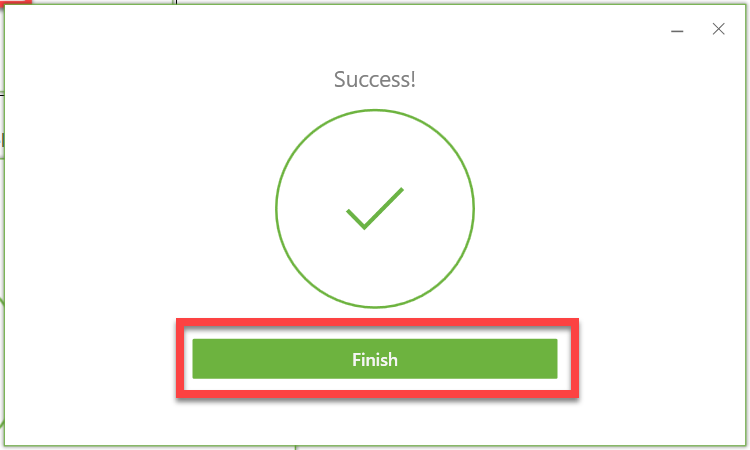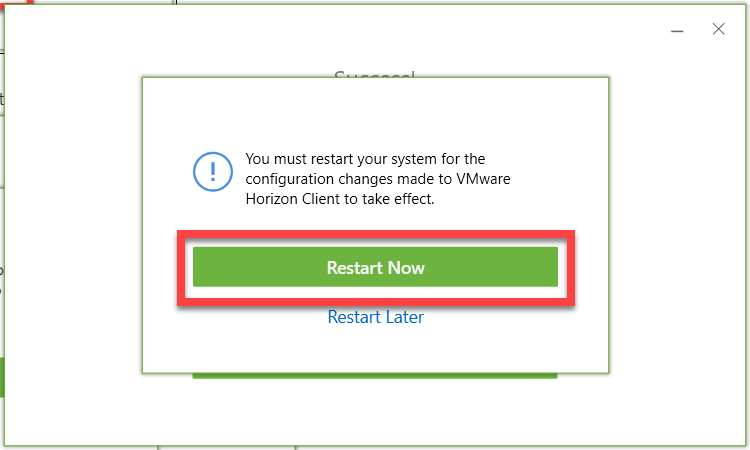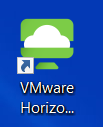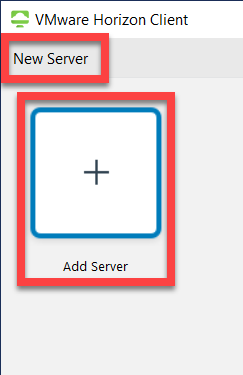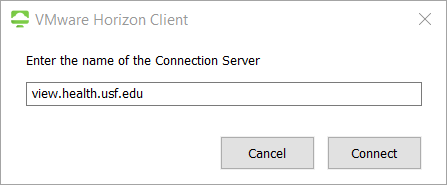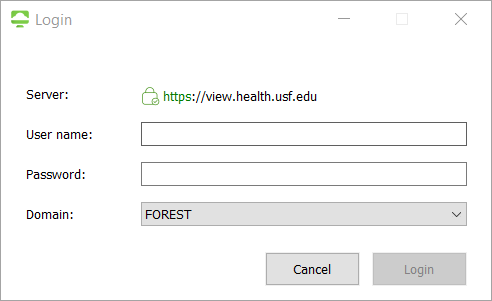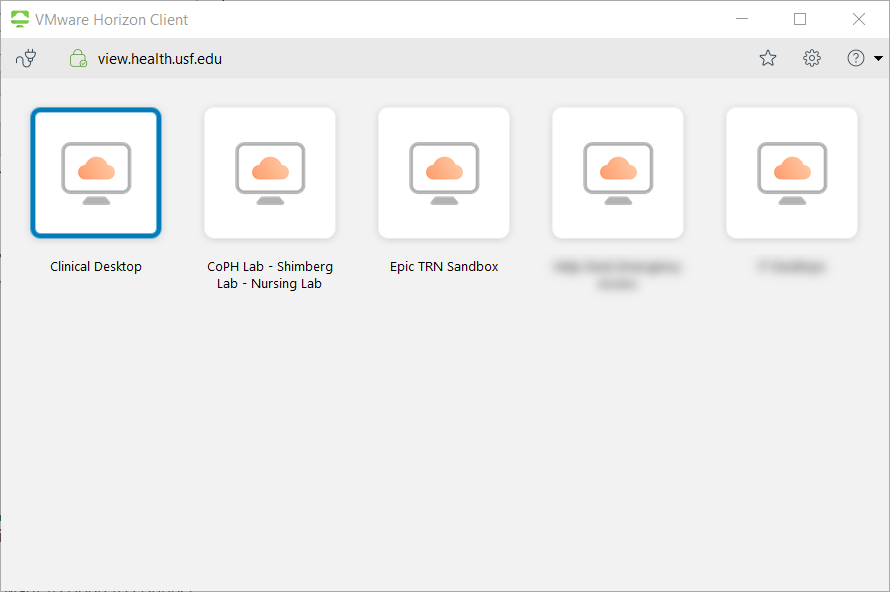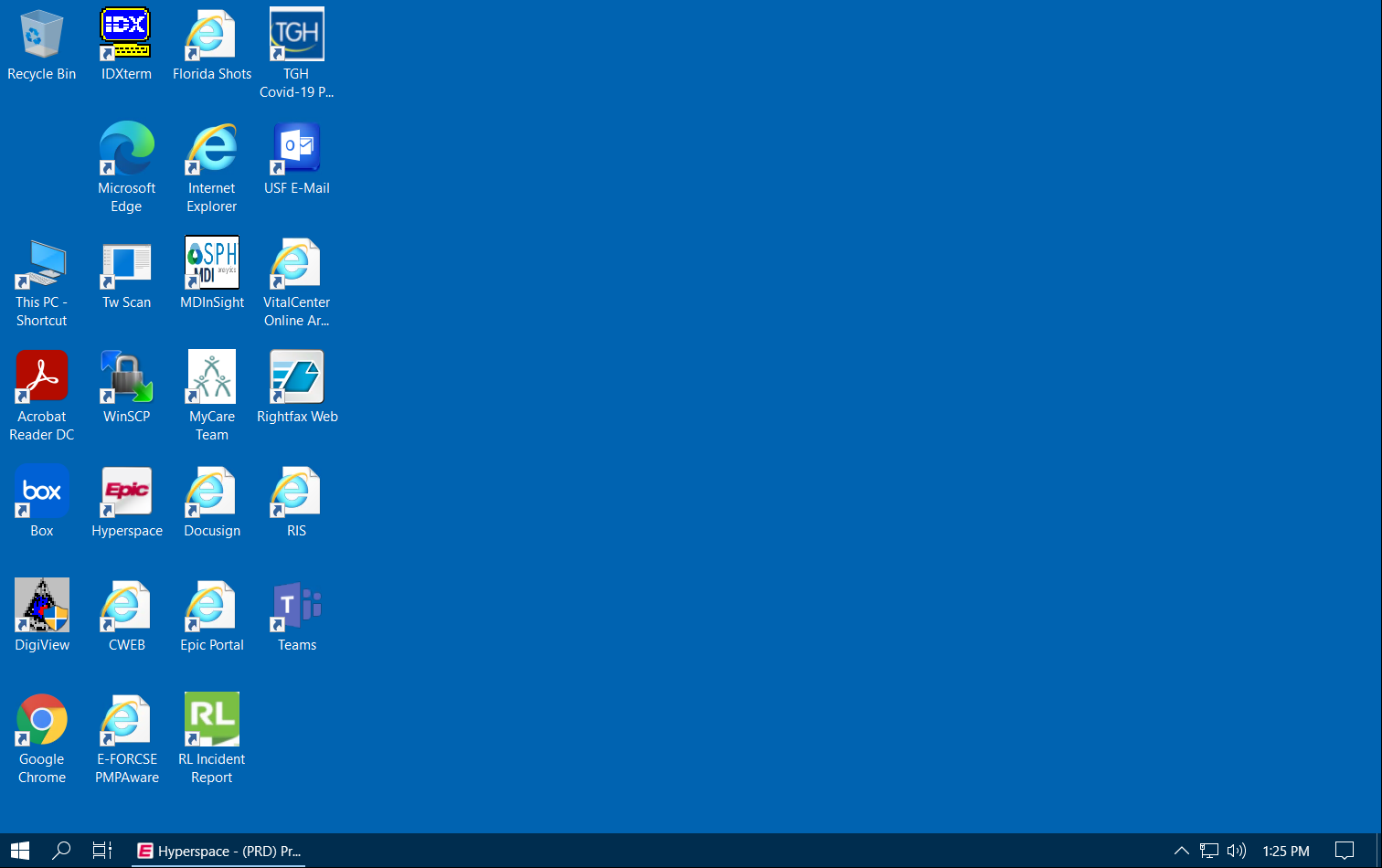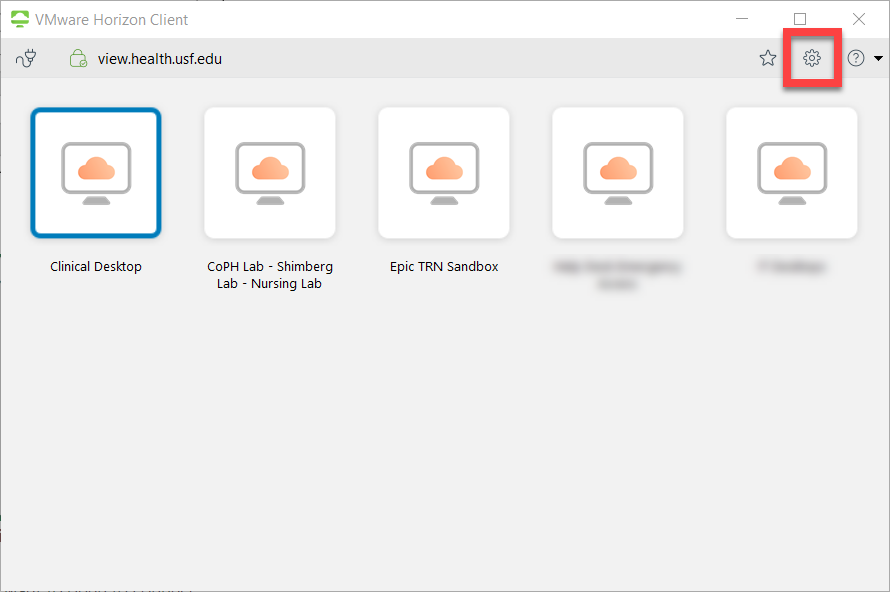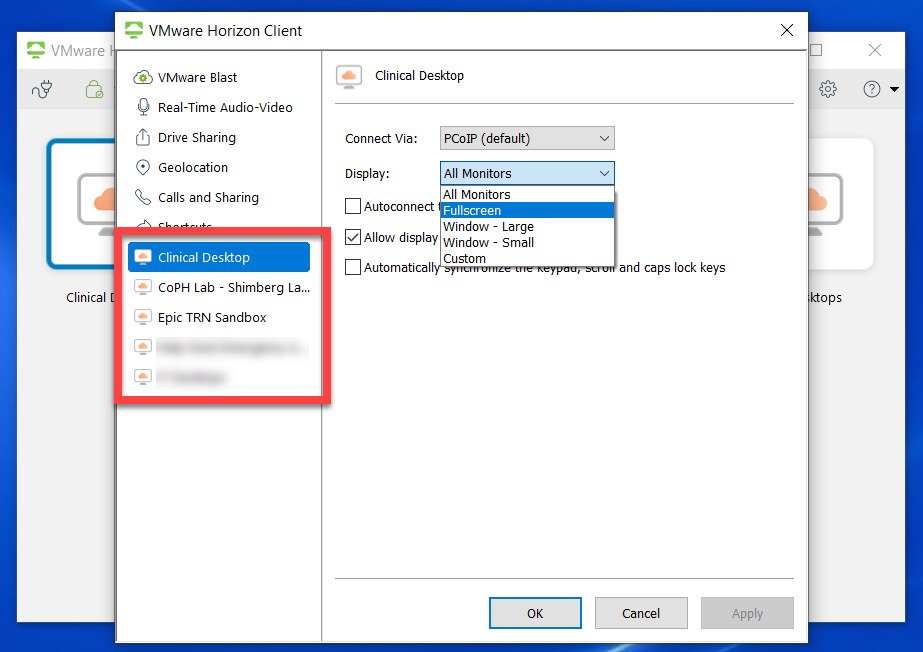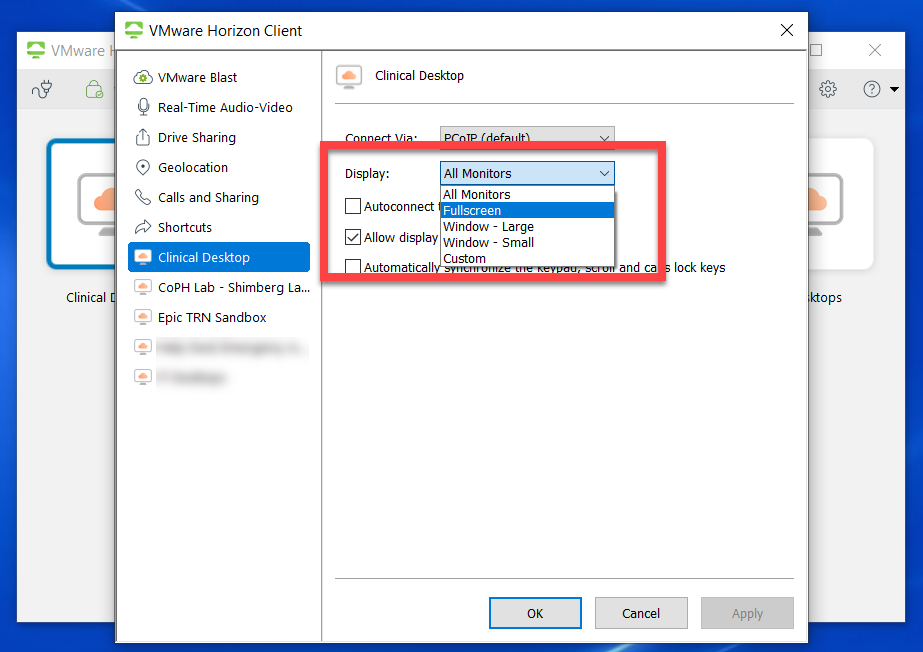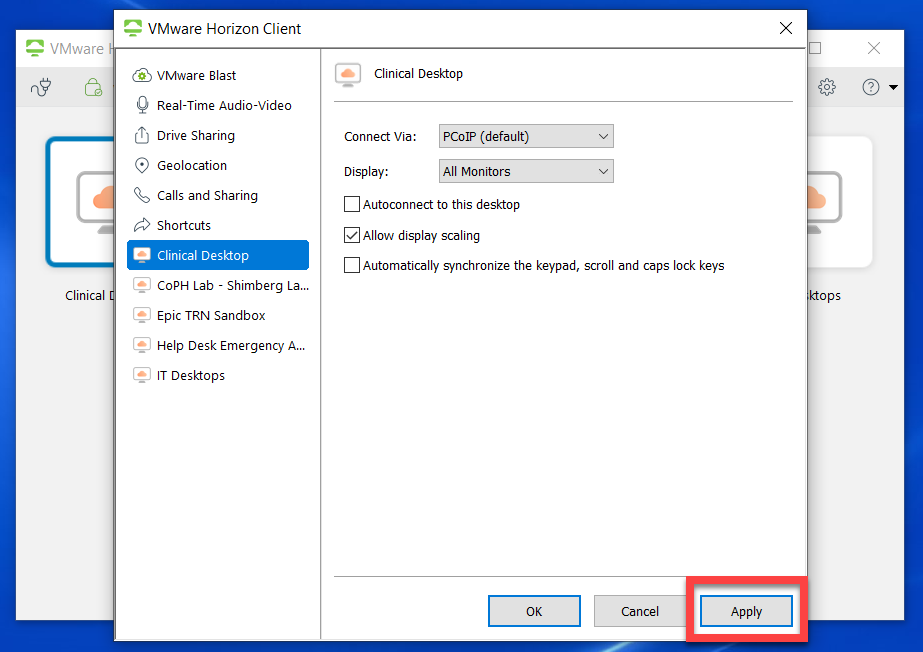Install VMware
Overview
VMware Horizon Client allows you to access a USF Health desktop remotely as a virtual desktop. This job aid will instruct you on how to download and install the Horizon Client and navigate the VMware Desktops. The steps may vary depending on your operating system.
At this time, the USF approved version of VMWare Horizon is 5.5.2.
VMWare is scheduled to be decommissioned on October 31st, 2022.
Download and Install Horizon Client
- Navigate to https://view.health.usf.edu/ and select Install VMWare Horizon Client.
At the top left dropdown, select Horizon 7 (5.0).
Find the VMWare that is for your Operating System and select Go to Downloads to the right.
If you do not know which operating system you are running, click on the options below for instructions on how to find out.
Once you are on the page for the download you need, select Download Now.
Once the file named VMware-Horizon-Client-5.5.2-18035009 is downloaded, run the file.
NOTE
A User Account Control dialog box may open, asking if you want to allow the changes to be made to your computer. If this occurs, click Yes.
The VMware Horizon Client Setup Install Wizard will open and bring up the VMware end-user license agreement dialog box.
Select Agree & Install.When the install completes, you will see a Success! box. Select Finish.
Before Step 8
Before continuing, make sure that you have anything you are working on saved somewhere. If you do not, there is a high risk of your work being lost.
- You will need to restart your computer in order for the installation to complete successfully. Select Restart Now.
Access VMware Server
- Double-click VMware Horizon Client on your desktop.
- The VMWare Horizon Client Add Server box will open. Click New Server or double-click Add Server.
- The VMWare Server Name box will open. Enter view.health.usf.edu in the field for Connection Server name and select Connect.
- At login, enter your NetID and password, then select Login.
- Once login is successful, you will see all desktops that you have access to.
Double-click the VMware you want to open to connect.
PLEASE NOTE: Users utilizing PCIS Prenatal or PCIS My Care Team will no longer see a separate PCIS Icon in the selected view. You will now access the PCIS icon directly via the Clinical Desktop View.
- The VMware View you selected will launch, initialize, and open.
When saving in a VMware desktop, always save to your network drive or Box. If you save the item to the desktop, it will be deleted once it is logged out.
Monitor Settings
- To extend the display to a dual monitor, select the Setting icon.
- On the left column, make sure the desktop you wish to change is selected.
- In the right column, select the drop down next to Display and click on what you wish to change it to.
- Once you have selected the display, select Apply.
Table 1 - Features available in the VMWare View Toolbar
Toolbar Options | Description |
Auto Hide | The PushPin in the toolbar represents the Auto Hide. This will allow you to hide the toolbar. |
Options | Find Details, Support and Help Information about VMware. |
Connect USB Device | Automatically or manually connect USB devices. |
Minimize ( _ ) | Minimize the VMware View desktop. |
Box ( ) | Re-size the VMware View screen. |
Exit ( X ) | Close the VMware view. This will log you out of the client. |
Table 1: VMware View toolbar.
If you are unable to solve your issue with this knowledge base article, please contact the USF IT Service Desk by calling (813) 974-HELP (4357) or emailing help@usf.edu.
If you find any errors or omissions in any knowledge base article, please contact and inform the USF IT Service Desk by calling (813) 974-HELP (4357) or emailing help@usf.edu.
